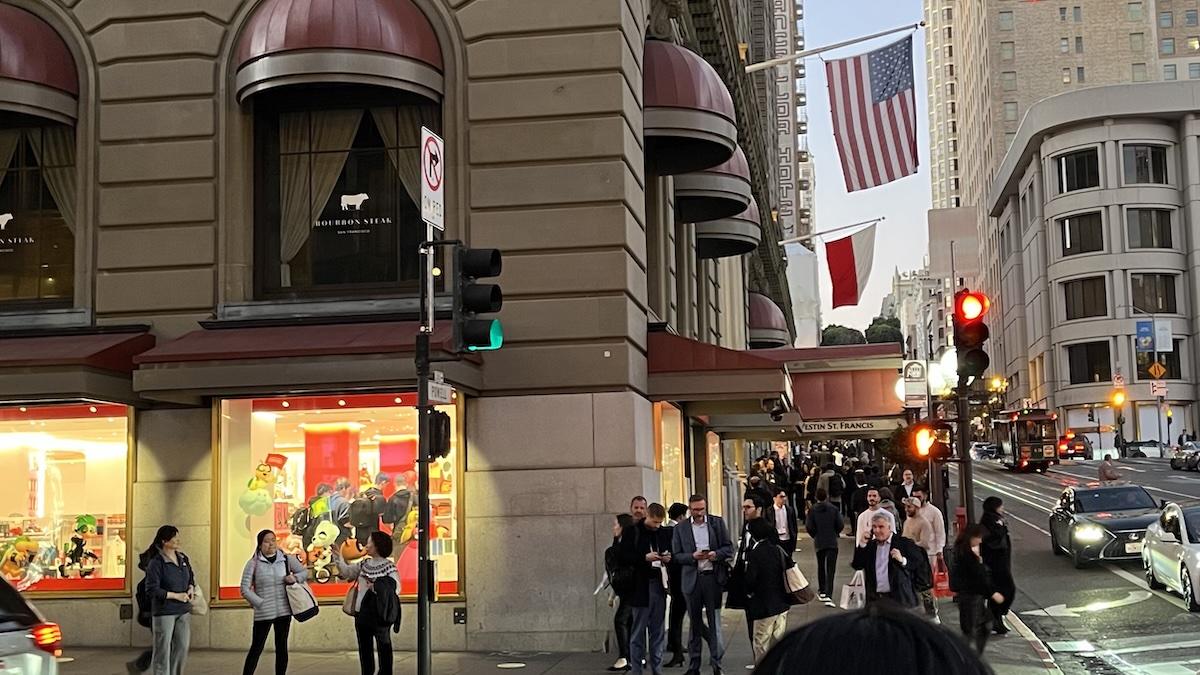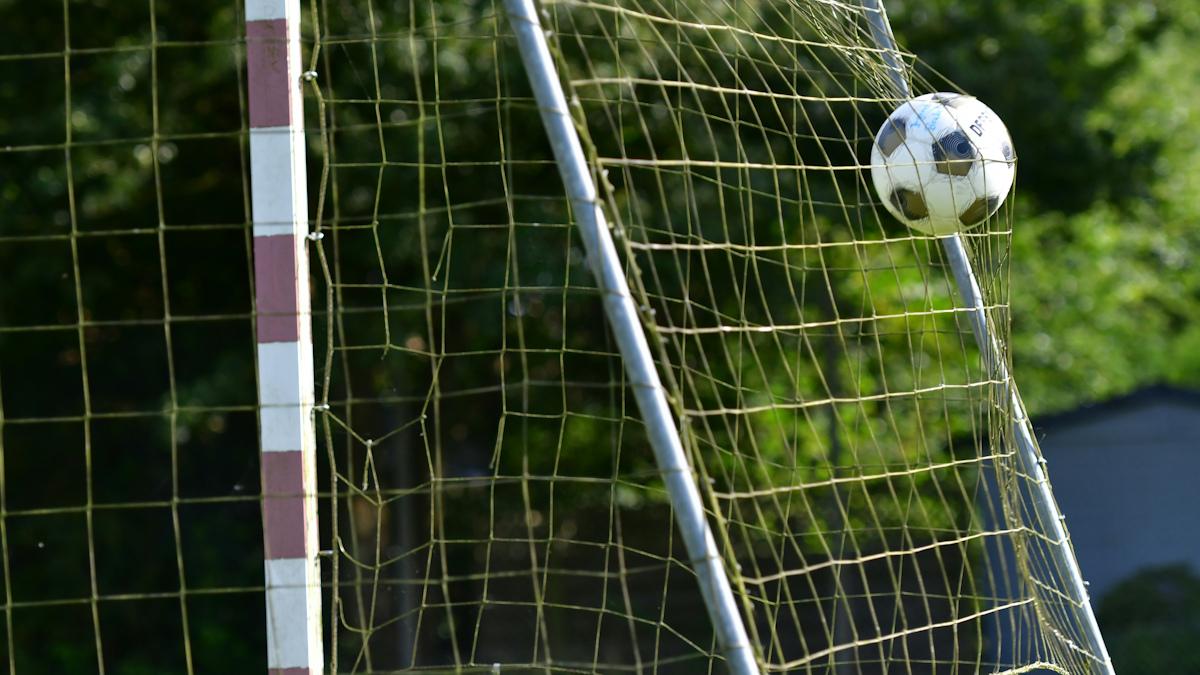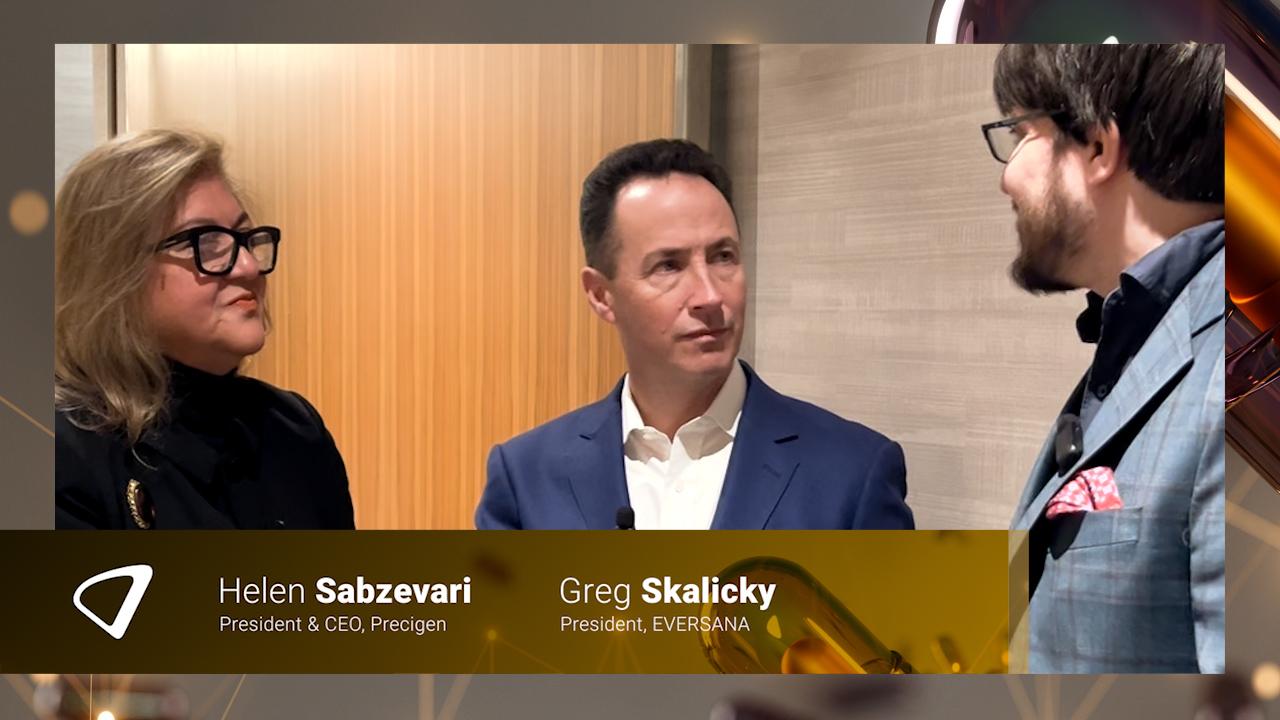FDA sets date for Sarclisa in first-line multiple myeloma

Sanofi should hear from the FDA in September about its application for Sarclisa as a first-line therapy for multiple myeloma after the US regulator gave it a priority review.
The French pharma group has filed anti-CD38 antibody Sarclisa (isatuximab) for use in combination with Takeda’s Velcade (bortezomib), lenalidomide, and dexamethasone – known as the VRd regimen – in previously untreated multiple myeloma patients who are not eligible for or opt out of a bone marrow transplant.
The application is one of two that Sanofi hopes will unlock growth for Sarclisa, which has been approved for relapsed/refractory multiple myeloma alongside commonly used combination regimens since 2020.
The drug hasn’t been able to make the commercial headway Sanofi had hoped for against the market-leading anti-CD38 therapy Darzalex (daratumumab) from Genmab and Johnson & Johnson in that second-line setting, but the company hopes that moving it into the first-line setting could help to build new momentum.
Darzalex is a near-$10 billion product in terms of annual sales, while Sanofi recorded Sarclisa revenues of €381 million ($413 million) last year.
The FDA’s review is based mainly on the phase 3 IMROZ study, which met the primary endpoint with a 40% improvement in progression-free survival compared with VRd alone, which the trial investigators have said is a first for the anti-CD38 class.
According to an abstract of the study set for presentation at the ASCO congress later this week, at a median follow-up of 59.7 months, the median PFS was not reached with Sarclisa, while in the VRd group it came in at 54.3 months.
Sanofi has also completed a second study of Sarclisa added to the standard KRd regimen of Amgen’s Kyprolis (carfilzomib), lenalidomide, and dexamethasone in previously untreated, transplant-eligible patients with multiple myeloma.
The IsKia trial showed that 77% of the Sarclisa group achieved minimal residual disease (MRD) negativity at the end of the induction and consolidation phases of treatment, compared to 67% of the KRd group, which was a statistically significant difference
Sarclisa is also being tested in the phase 3 GMMG-HD7 trial as a combination with VRd in previously untreated transplant-eligible myeloma patients, which could set up regulatory filings in 2025.
Another factor behind Darzalex’s continued dominance is that it is available in a more convenient subcutaneous formulation, while at the moment Sarclisa can be given only as an intravenous infusion. Sanofi is, however, working on a subcutaneous version of the drug that is in late-stage development.












